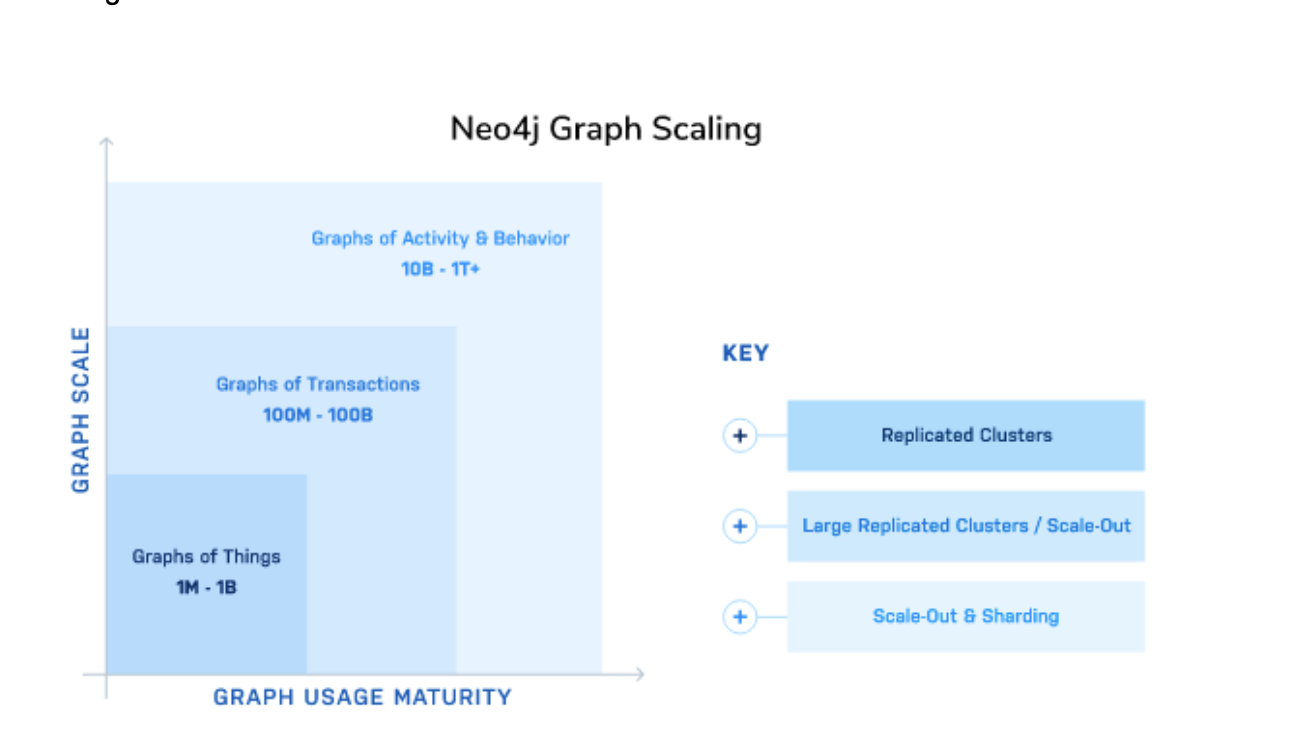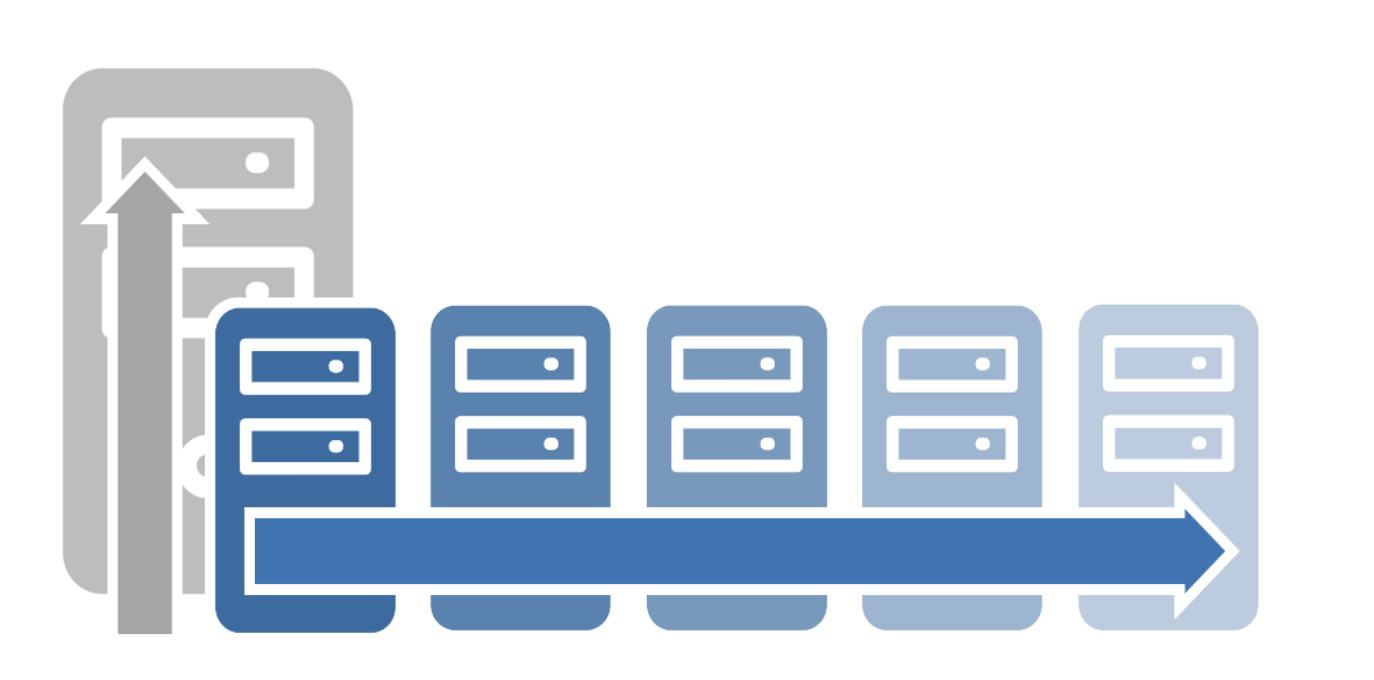Neo4j Ops Manager: One Place to Centrally and Easily Manage Neo4j Databases

Senior Manager of Product Marketing, Neo4j
4 min read


Neo4j has launched a new product that allows your team to manage all of your Neo4j deployments at scale, effortlessly, from a single user interface. The Neo4j Ops Manager helps your database operations team monitor and administer Neo4j databases, hosts, and instances, on premises or in the cloud.

Neo4j Ops Manager helps you manage all Neo4j deployments regardless of hosts
We got you. It’s tough being part of an operations team responsible for managing databases nowadays. In the past, it was enough to have a database administrator who was proficient in SQL and knew how to operate a relational database on a single machine.
But now, it seems like anybody managing databases has to be a polyglot familiar with different types of NoSQL databases. Out of all NoSQL database types, graph is the most unique compared to the aggregate NoSQL ones like document, key-value, or wide-column.
Graph database adoption is growing at more than 20 percent a year, according to Emergen Research. And according to Gartner, graph databases are a key ingredient in about half of AI/ML projects – which we at Neo4j believe is attributed to the fact that they make AI/ML more intelligent.

It’s possible for a Neo4j database to grow to 1 trillion nodes
To make things even more challenging, the size and complexity of databases keeps growing as we enter the zettabytes era. When storing graphs of activities or behavior, a Neo4j database can grow to 1 trillion nodes. Also, as distributed computing is augmenting application monoliths, infrastructure flexibility is a mandate given to IT departments worldwide. The operations team must also be proficient in managing cloud deployments, in addition to those in local hosts.

Neo4j supports scaling out using sharding
The point is, administering single database instances used to be a well-defined job – but it has evolved tremendously over the past decade. Now a database administrator must often also care for database reliability, and take on the other responsibilities of an operations engineer for pushing database instances successfully to clusters in any cloud. For a large enterprise, the total number of instances across all kinds of databases can reach thousands.
Managing a large number of databases having large amounts of data across a large estate requires a coordinated teamwork of the DBA, the DB reliability engineer, and the DB operations engineer. If you are an IT Director managing administrators and operations engineers, you want to help them improve their productivity in the face of these challenges. You want to give them the tools they need to tame the complexity of monitoring, administering, and operating databases.
To that end, Neo4j has created a new product that allows your team to manage all of your Neo4j databases and deployments at scale, effortlessly. The Neo4j Ops Manager (colloquially referred to as “NOM” among us Neo folks) helps your database engineering team monitor and administer Neo4j databases across clusters and instances, deployed on premises or in the cloud.
The product enhances Neo4j’s value proposition for your enterprise, particularly the operating team, in three ways no other companies can deliver:
- Turnkey Monitoring: Before, the operations team needed to install, configure, and integrate third-party monitoring tools. With the Neo4j Ops Manager, they can instantly see the status of all databases, clusters, and instances, and drill down into the detailed health metrics of each database.
- Centralized Management: Your team can perform administrative, operations, and monitoring tasks from one location.
- Actionable Insights: The metrics dashboard shows database-specific metrics such as Cache Hit Ratio and utilization metrics of the underlying compute, memory, and storage resources. While these analytics are now descriptive, the vision is to eventually offer prescriptive analytics that make query and data model recommendations for the most optimal performance.
What do you gain from adopting Neo4j Ops Manager to manage your Neo4j databases?
Bottom line? Your team’s productivity will increase. They will be able to manage a higher number of Neo4j databases and instances while keeping headcount in check. Being able to graphically view the statuses of all clusters and instances at the push of a button will help the team detect and respond quickly to any issues, which improves the reliability of your databases.
Ultimately, having deep insights into the resource utilization rates and other health metrics enables your team to optimize the performance of these databases.
Better productivity, improved reliability, and optimized performance. What’s not to like? Neo4j Ops Manager 1.0 requires Neo4j Enterprise Edition 4.4 or later and is now available for download.








